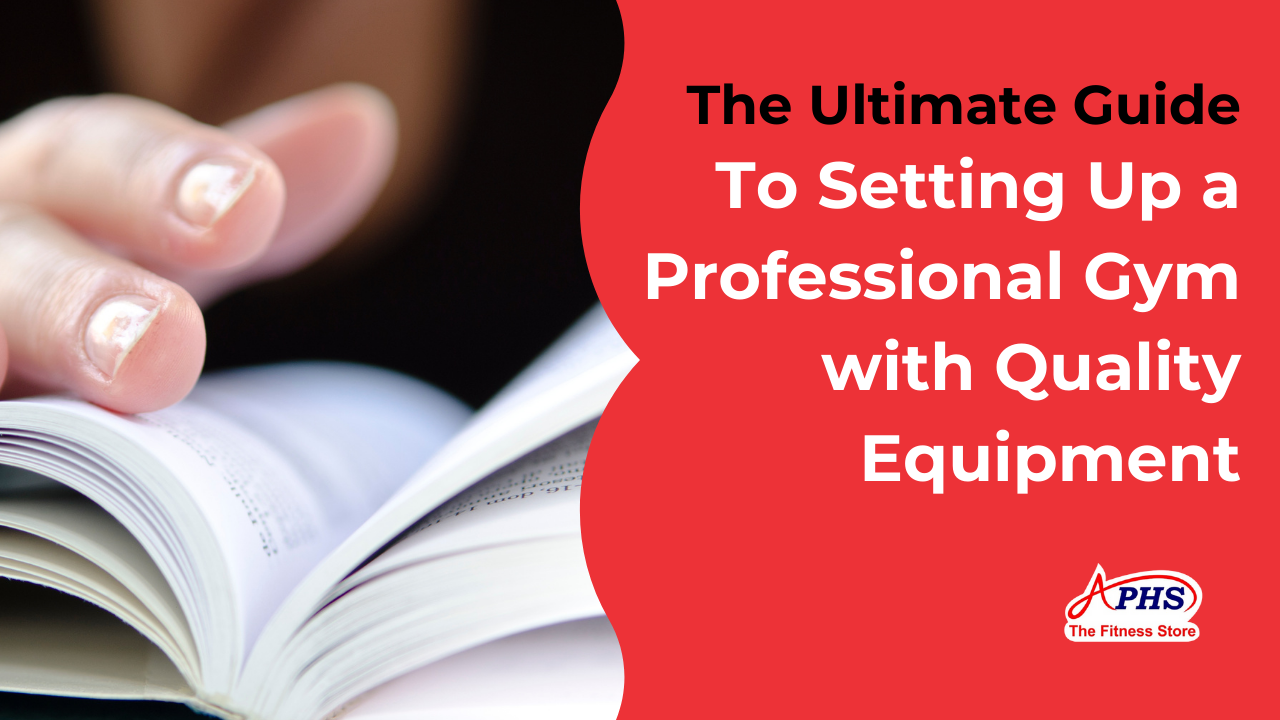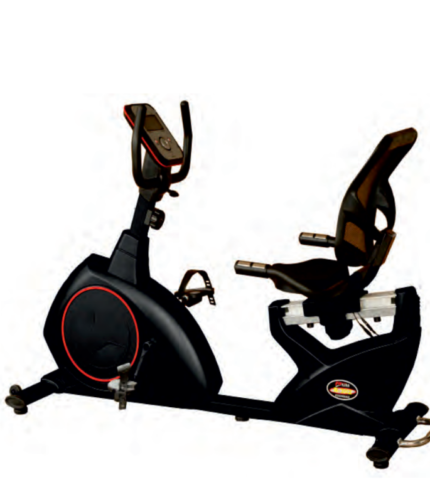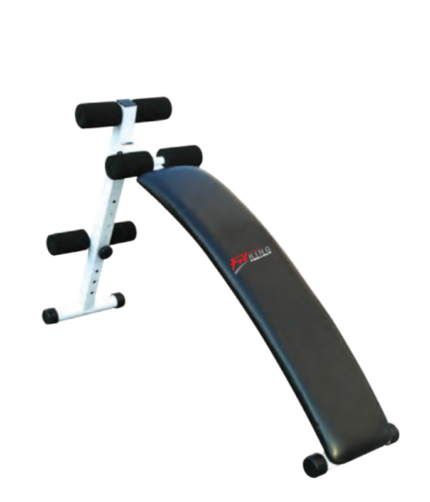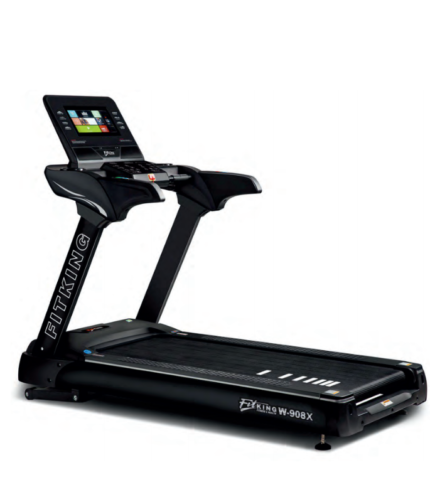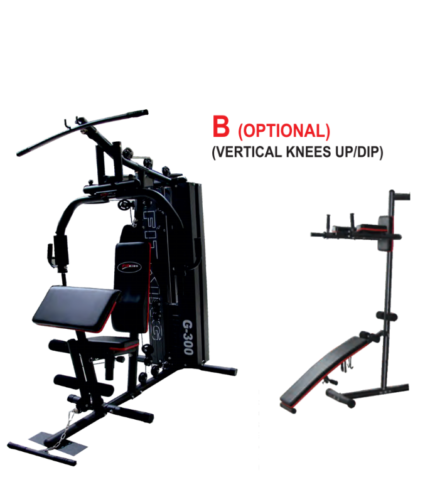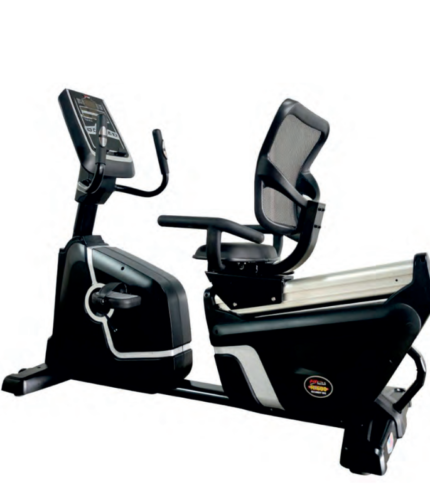Setting up a professional gym is a significant investment that requires careful planning, research, and strategic decision-making. Whether you are opening a commercial fitness center or creating an upscale home gym, the right equipment and setup can make a substantial difference in attracting clients and achieving fitness goals. This ultimate guide will walk you through the essential steps and considerations to set up a professional gym with quality equipment, ensuring a successful and profitable venture.
1. Define Your Gym’s Vision and Target Audience
a. Determine Your Niche
The first step in setting up a professional gym is to define your niche. Understanding your target market will help you tailor your gym’s offerings and select the appropriate equipment. Consider the following niches:
- General Fitness: Aimed at a broad audience looking for a variety of cardio and strength training options.
- Specialized Training: Focused on specific activities like CrossFit, yoga, or martial arts.
- Luxury Fitness: Offers high-end services and premium equipment for a more affluent clientele.
- Rehabilitation and Wellness: Targeted at individuals recovering from injuries or those seeking wellness services.
b. Understand Your Target Audience
Identify the demographics, preferences, and fitness goals of your target audience. Conduct market research, surveys, and analyze competitors to gain insights into what your potential clients are looking for in a gym. Understanding your audience will guide your equipment choices, gym layout, and service offerings.
2. Plan Your Budget
a. Initial Investment
Determine your initial investment, which includes the cost of leasing or buying a space, purchasing equipment, hiring staff, and marketing expenses. Quality gym equipment can be expensive, but it’s a crucial investment for attracting and retaining clients.
b. Operating Expenses
Consider ongoing operating expenses such as utilities, maintenance, staff salaries, and marketing. Plan for unexpected costs and ensure you have a financial cushion to cover them.
c. Financing Options
Explore various financing options, including bank loans, equipment leasing, investor funding, or small business grants. Having a solid business plan will improve your chances of securing financing.
3. Select the Ideal Location
a. Accessibility
Choose a location that is easily accessible to your target audience. Consider factors such as parking availability, public transportation, and proximity to residential or commercial areas.
b. Space Requirements
Ensure the space you select is large enough to accommodate your planned equipment, workout areas, and amenities. Consider the layout and flow of the gym to avoid overcrowding and ensure a comfortable workout environment.
c. Visibility and Foot Traffic
A location with high visibility and foot traffic can attract more clients. Consider places near shopping centers, busy streets, or office complexes.
4. Design an Efficient Gym Layout
a. Zoning
Divide your gym into specific zones to cater to different workout needs. Common zones include:
- Cardio Area: Treadmills, stationary bikes, elliptical machines, and rowing machines.
- Strength Training Area: Free weights, weight machines, benches, and squat racks.
- Functional Training Area: Kettlebells, resistance bands, medicine balls, and TRX suspension trainers.
- Group Exercise Area: Space for classes such as yoga, Pilates, or aerobics.
- Recovery Area: Stretching mats, foam rollers, and massage chairs.
b. Flow and Accessibility
Design a layout that allows for smooth traffic flow and easy access to equipment. Ensure there is enough space between machines and workout areas to prevent overcrowding and accidents.
c. Aesthetics and Ambiance
Create an inviting and motivating environment with good lighting, mirrors, music, and attractive decor. The ambiance of your gym plays a crucial role in retaining clients and enhancing their workout experience.
5. Choose Quality Equipment
a. Cardio Equipment
Cardio equipment is essential for any gym. Consider the following machines:
- Treadmills: Offer walking, jogging, and running options with various incline settings.
- Stationary Bikes: Provide a low-impact cardio workout suitable for all fitness levels.
- Elliptical Machines: Offer a full-body, low-impact workout.
- Rowing Machines: Provide a high-intensity, full-body cardio workout.
b. Strength Training Equipment
Invest in a variety of strength training equipment to cater to different fitness levels and preferences:
- Free Weights: Dumbbells, barbells, kettlebells, and weight plates.
- Weight Machines: Leg press, chest press, lat pulldown, and cable machines.
- Benches and Racks: Adjustable benches, squat racks, and power racks.
c. Functional Training Equipment
Functional training is essential for improving overall fitness and athletic performance. Consider the following:
- Resistance Bands: Offer various resistance levels for different exercises.
- Medicine Balls: Useful for core training and functional movements.
- TRX Suspension Trainers: Provide bodyweight resistance training for a full-body workout.
- Kettlebells: Versatile for strength, cardio, and functional training.
d. Recovery and Flexibility Equipment
Include equipment that helps clients recover and improve flexibility:
- Foam Rollers: Aid in muscle recovery and relieve tension.
- Stretching Mats: Provide a comfortable surface for stretching and floor exercises.
- Massage Chairs: Offer relaxation and muscle recovery benefits.
e. High-Tech and Smart Equipment
Investing in smart equipment can enhance the workout experience and attract tech-savvy clients:
- Connected Cardio Machines: Treadmills and bikes with interactive screens and virtual classes.
- Wearable Technology: Fitness trackers and heart rate monitors that integrate with gym equipment.
- Smart Strength Machines: Equipment that tracks performance and provides feedback.
6. Ensure Safety and Maintenance
a. Safety Standards
Ensure all equipment meets safety standards and is regularly inspected and maintained. Properly train staff to assist clients with equipment use and safety protocols.
b. Maintenance Plan
Develop a maintenance plan to keep equipment in optimal condition. Regularly clean and service machines to prevent breakdowns and ensure a safe workout environment.
c. Liability Insurance
Invest in comprehensive liability insurance to protect your business from potential accidents and injuries. This provides peace of mind and financial security.
7. Hire Qualified Staff
a. Personal Trainers
Hire certified personal trainers who can provide professional guidance and support to clients. Trainers should have experience, relevant certifications, and excellent communication skills.
b. Group Instructors
Recruit experienced instructors for group classes such as yoga, Pilates, spin, or HIIT. Instructors should be engaging, knowledgeable, and able to create a motivating class environment.
c. Front Desk and Support Staff
Your front desk staff should be friendly, professional, and knowledgeable about your gym’s offerings. Support staff, such as cleaning and maintenance personnel, ensure the gym remains clean and functional.
d. Ongoing Training and Development
Invest in ongoing training and development for your staff to keep them updated on the latest fitness trends and techniques. This enhances the quality of service and keeps clients satisfied.
8. Implement a Robust Membership System
a. Membership Options
Offer a variety of membership options to cater to different needs and budgets. Consider options such as:
- Monthly and Annual Memberships: Flexible payment plans that suit different budgets.
- Family and Group Memberships: Discounts for families or groups that join together.
- Corporate Memberships: Special rates for companies and their employees.
b. Member Management Software
Invest in a reliable member management software to streamline operations, track memberships, schedule classes, and manage billing. This enhances the member experience and improves operational efficiency.
c. Membership Perks and Incentives
Offer perks and incentives to attract and retain members. Consider:
- Loyalty Programs: Reward long-term members with discounts or free services.
- Referral Programs: Encourage members to refer friends and family by offering incentives.
- Exclusive Classes and Events: Offer members access to special classes, workshops, or events.
9. Create a Marketing Strategy
a. Branding
Develop a strong brand identity that reflects your gym’s vision and values. This includes a memorable logo, cohesive color scheme, and consistent messaging.
b. Online Presence
Build a robust online presence with a professional website and active social media profiles. Ensure your website is user-friendly, provides essential information, and allows for online sign-ups and class bookings.
c. Local Marketing
Engage with your local community through:
- Flyers and Posters: Distribute in nearby businesses, schools, and community centers.
- Local Events: Sponsor or participate in local events and health fairs to increase visibility.
- Partnerships: Partner with local businesses to offer joint promotions and discounts.
d. Digital Marketing
Leverage digital marketing strategies to reach a broader audience:
- Social Media Marketing: Use platforms like Instagram, Facebook, and Twitter to engage with potential clients, share success stories, and promote offers.
- Email Marketing: Send newsletters and promotional emails to keep members informed and engaged.
- Search Engine Optimization (SEO): Optimize your website to rank higher in search engine results, driving organic traffic.
e. Promotional Offers
Attract new members with introductory offers and discounts. Consider offering:
- Free Trials: Allow potential members to try your gym for a limited time at no cost.
- Discounted Memberships: Offer discounts on initial membership fees or long-term commitments.
- Class Packages: Provide discounted rates for purchasing multiple class sessions.
10. Monitor and Improve
a. Member Feedback
Regularly collect feedback from members to understand their needs and improve your services. Use surveys, suggestion boxes, and direct conversations to gather insights.
b. Performance Metrics
Track key performance metrics such as membership growth, retention rates, class attendance, and revenue. Analyzing these metrics helps identify areas for improvement and measure the success of your strategies.
c. Continuous Improvement
Stay updated on the latest fitness trends, equipment innovations, and industry best practices. Continuously improve your gym’s offerings and operations to stay competitive and meet evolving member needs.
Conclusion
Setting up a professional gym with quality equipment is a multifaceted process that requires careful planning, strategic investment, and a strong focus on member satisfaction. By defining your niche, understanding your target audience, and investing in high-quality equipment, you can create a gym that stands out in the competitive fitness market. Ensuring safety, hiring qualified staff, implementing a robust membership system, and creating an effective marketing strategy are essential steps to building a successful gym.
With dedication and attention to detail, you can set up a professional gym that not only attracts and retains members but also helps them achieve their fitness goals. This ultimate guide provides a comprehensive roadmap to help you navigate the complexities of establishing a professional gym, ensuring a rewarding and profitable venture.


